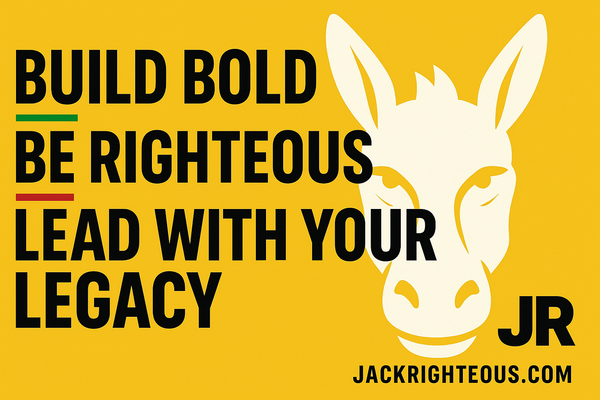Who Will Keep Canada Strong? Election 2025 Comparison
Gary Whittaker
🇨🇦 Article 5: Who Will Keep Canada Strong?
#CanadaStrong Election Series – Part 5 of 5
Introduction
After weeks of political noise, polling snapshots, and platform promises, Canadian voters are left with a core question:
Which party is truly prepared to lead this country through a period of uncertainty, global disruption, and economic pressure?
In this final article of the series, we compare the major parties—Conservatives, Liberals, NDP, and Bloc Québécois—across five key dimensions of national leadership.
No endorsements. No spin. Just a clear breakdown of how each party proposes to keep Canada strong—and where they may fall short.
🧭 5-Part Leadership Strength Matrix
| Category | Conservatives | Liberals | NDP | Bloc Québécois |
|---|---|---|---|---|
| Economic Direction | Market-led, deregulation | Stability, fiscal balance | Tax-the-rich, equity lens | Quebec-centered autonomy |
| Housing Strategy | Supply-first, cut red tape | Incentives + public housing | Co-op housing, rent control | Provincial domain only |
| Health & Social Care | Status quo, private options | Expansion within budget | Universal pharmacare & dental | Quebec-managed systems |
| Foreign Policy & U.S. | Bilateral deals, assertive | Multilateralism, diplomacy | Peace-oriented, activist | Quebec-first, limited federalism |
| Leadership Stability | Clear messaging, loyal base | Global credibility, new face | Values-driven, low reach | Regionally consistent |
Based on platform statements, public speeches, and verified policy sources (March 2025)
🔍 Strengths by Party
🟦 Conservatives (Pierre Poilievre)
- Strong economic messaging on housing, inflation, deregulation
- Consistent branding across the country
- Popular with younger male voters and rural regions
- Promises institutional shakeup—but that brings risk
Watch For: If the campaign tightens, Poilievre may lean harder into Trump-aligned rhetoric. This could help solidify his base—but cost him urban moderates.
🔴 Liberals (Mark Carney)
- Offers economic credibility and G7-level trust
- Promises stability after Trudeau fatigue
- Platform focused on affordability, green economy, and incremental progress
- Positioned as the “safe alternative” if Conservatives stumble
Watch For: Carney lacks a personal voter base. The party must re-energize key ridings, or risk being overtaken by regional surges.
🟠 NDP (Jagmeet Singh)
- Advocates strongest social policies: pharmacare, housing, taxing ultra-rich
- Seen as most consistent on equity and worker rights
- Limited geographic reach outside BC and pockets of Ontario
Watch For: The NDP’s influence depends entirely on a minority scenario. Without it, they remain a pressure voice, not a decision-maker.
⚪ Bloc Québécois (Yves-François Blanchet)
- Regionally disciplined and culturally consistent
- Acts as a filter on national programs in Quebec
- Unlikely to form government, but could shape legislation
Watch For: The Bloc may hold more power in a CPC minority than any party outside government. Their decisions could tip Parliament one way or another.
🧠 Final Reflection: Strength Means More Than Winning
In a time of global uncertainty—from war in Europe and instability in the U.S. to rising economic pressures—Canada’s strength will be tested beyond the ballot box.
- A majority government will act quickly, for better or worse
- A minority government will need to collaborate, delay, or compromise
- Public trust is as fragile as ever, and will depend not just on policy, but leadership tone and transparency
The question is no longer who can win. It’s who is best prepared to govern—with resilience, clarity, and calm.
And on April 28, Canadians will give their answer.
📚 Explore the #CanadaStrong Election Series:
1️⃣ Part 1: Leadership Strength Matrix
2️⃣ Part 2: Canada at a Political Crossroads
3️⃣ Part 3: Campaign Promises vs. Reality
4️⃣ Part 4: What Happens If No One Wins?
5️⃣ Part 5: Who Will Keep Canada Strong?
